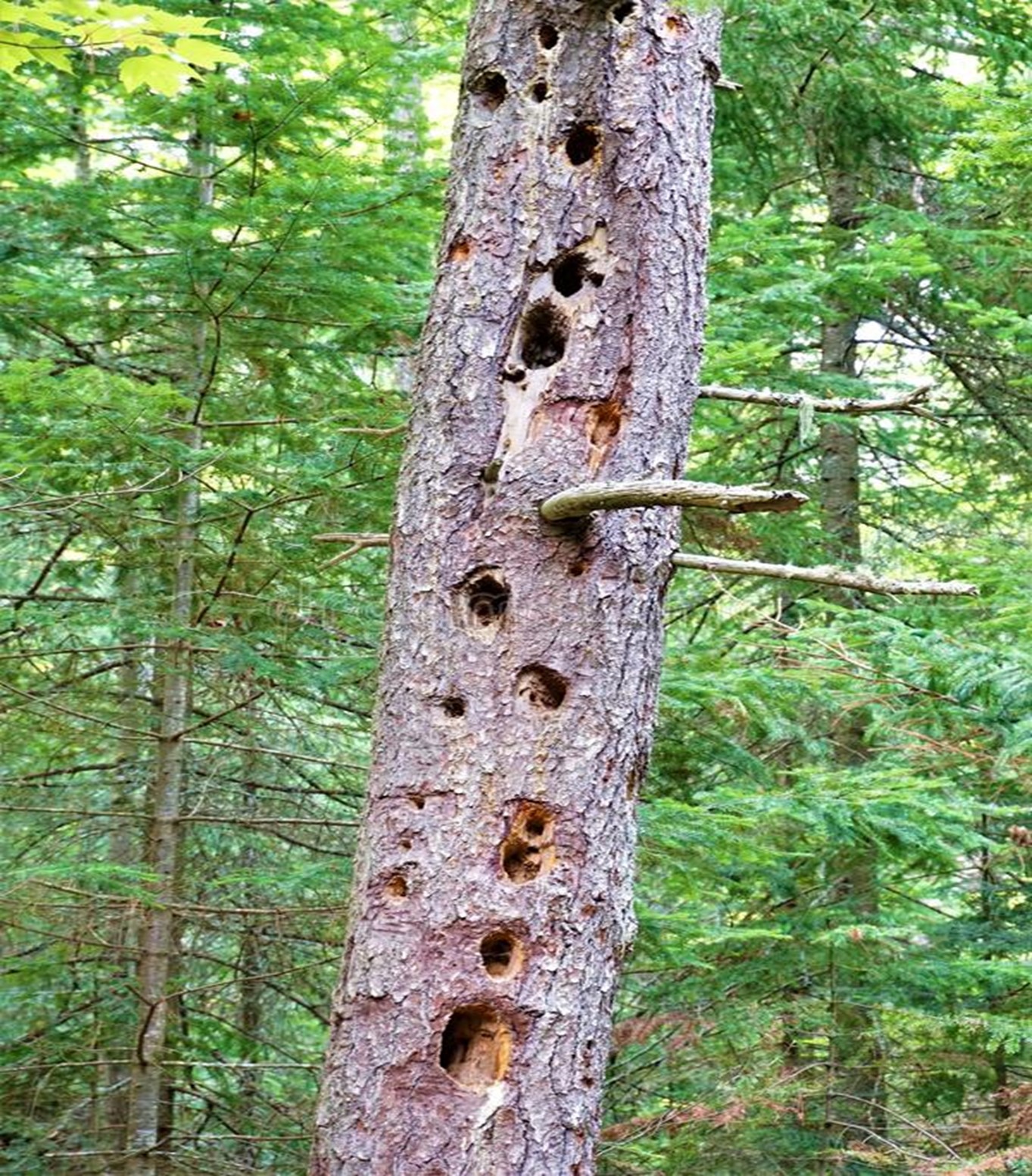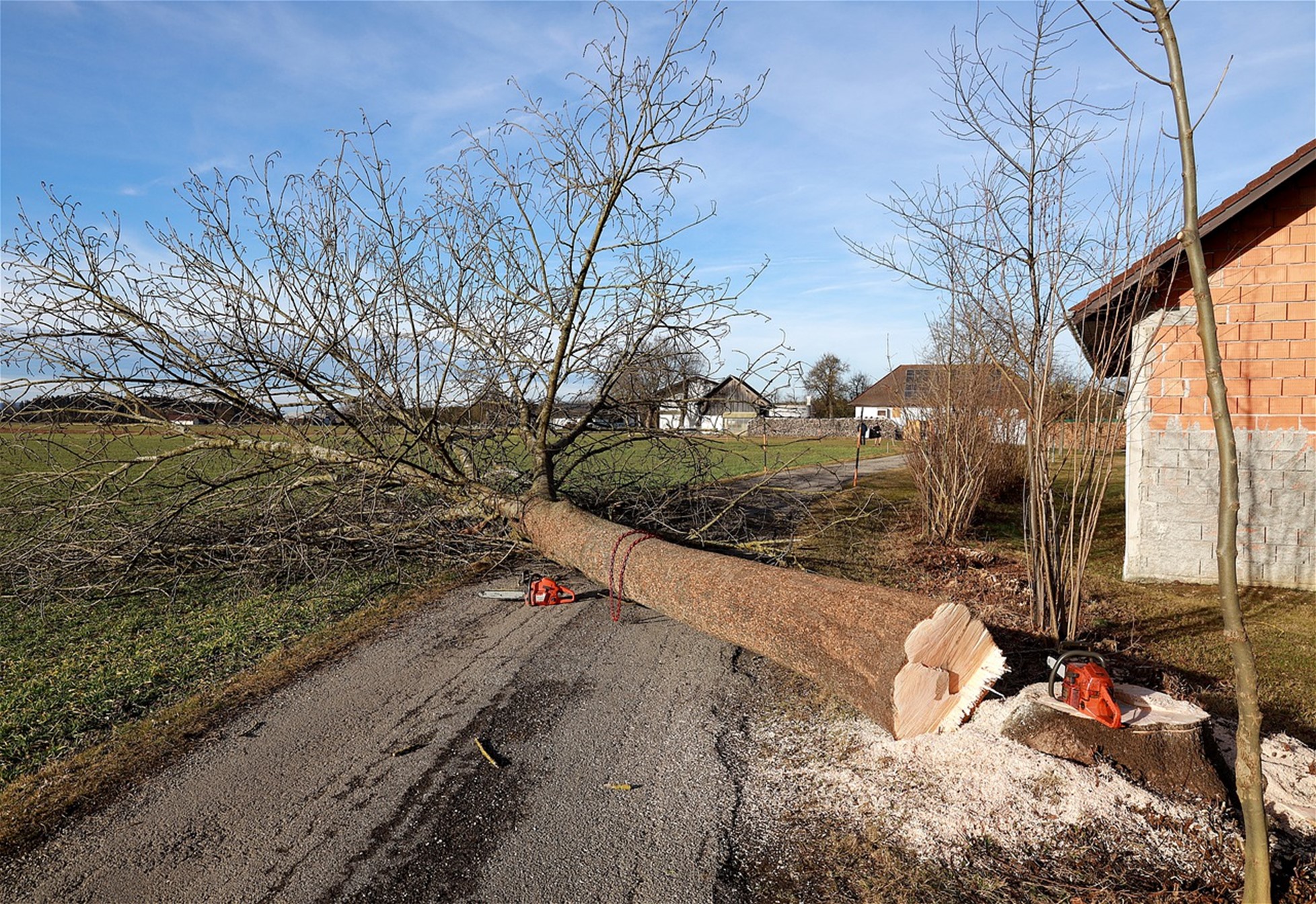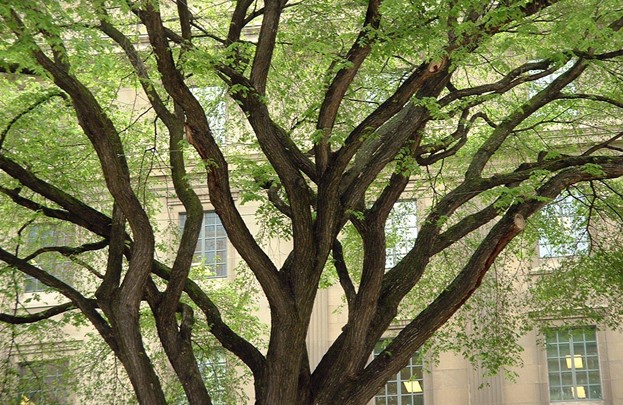Trees are a very important part of life as they give us oxygen to breathe, and some trees give us fruits or flowers as well. So, trees are always the best givers and they never demand anything in return. While removing the extra tree limbs or additional growth of them, you need to be very careful with this. When you remove them, you need to check if you are disturbing the natural healing parts of the tree or damaging the bark.
Whether you are doing it right or wrong, it will not be identified normally so you need to be extra careful about that. This article is all about the steps and techniques by which you can cut and remove the Tree limbs with all the care. Also, you can remove the additional growth of the limbs on your trees. These few minutes read will help you to get ready for the removal of limbs that you are planning to remove but you were not aware of the important tips and techniques.
With these tips and techniques, you will get to know all the ins and outs of how to prune the limbs of trees and it will not hinder the natural growth of the other parts of trees. Else, if you prune it incorrectly it may make the tree week and that will make the tree vulnerable to diseases and many more adverse factors.
When you cut or remove the Tree limbs, you have three types of cuts. Let us discuss them in detail. Here you will get complete details on how to cut or remove the additional limbs of your tree.
Different Types of Cuts You Can Make and Important Facts

You need to wait until you have the winters. As you need to check if the season is correct for the pruning of your tree. You should not do pruning of your tree if there is different weather than winter.
You need to wait until the tree gets dormant as it will give your tree enough time to heal as in this season there is less possibility of pests arriving. If you already have winters going on, you need to wait for the time when you do not have the coldest time of winters. As you need to prune your trees, so you need to take care of the time and seasons very closely.
If you prune your tree in winter, it will be the best as it will help the tree to grow more quickly in spring. Please do not prune your tree while the growing season goes on as it may curb the growth of your tree.
Tools Required to Cut
You need to have these tools while pruning your tree. You may need Chainsaw, Bow Saw or Hand Saw to make your cuts perfectly for this pruning. The best and easiest way to cut is with Chainsaw as it will take much work on it. It is easily available in the market and you can purchase it from any store.
Chainsaw will make the work very easy as it is the quickest way to chop down a limb with this. The major advantage of using a Chainsaw is that it requires less energy as compared to the usage of a hand or bow saw. This hand or bow saw will take more time and it requires a bit more muscles so it will be a very interesting fact to note about this.
If you are trying to cut a thick limb then you should prefer the Chainsaw method over the other any. The tip to note here is that if you are using a hand or bow saw, you need to move it back and forth quickly to make a straight and perfect cut. You can make a starting cut on the tree and it will give you an idea of where you need to put your tool and cut it off.
If you are using a Chainsaw, then you need to wear eyeglasses for protection and gloves too. This is for your safety so that when you use the tool and make a cut, the parts while cutting will not go into your eyes or nose. So, a mask is also an important thing to carry and wear.
Keep in mind that if you do not have the tools mentioned above, you can always make your work much easier by hiring a team like the Sacramento tree trimming and removal experts.
Notch Cut

This is the first type of cut that you can make to remove the limb. You need to make a small notch cut at the bottom of the limb and it should be around 3-4 feet away from the trunk of the tree. This can also be a quarter of the way through. This notch will help you in your next cut as it will save the bark from splitting and it can make your next cut very easy.
Relief Cut

This is the second type of cut and all cuts should be in series as given. You can make this cut just outside the Notch, which will be made around 1 foot away from the first cut. This cut will be entirely from the limb. This second cut is very important as it will remove the weight of the branch so that when you make your final cut, it will not allow the branch to split or fall. So, to save this, you need to follow these cuts in the same serial number as they are given here.
If you skip this cut and move directly to the final cut, then you may damage the trunk of your tree and it will expose your tree to many pests and some diseases that will be hard to cure for you.
Final Cut

This is the most important cut, and it is necessary to learn the technique to get this done. This should be very right. This cut should be at the collar of the branch or limb that leads to smooth branch bark. Now, you need to follow the slanted part of the branch collar to complete the task.
Sometimes, the cut may be like that it will not allow you to cut it properly from the top when you try to cut it from the collar, and it will just make a deep cut but not remove it. So, in that case, you need to change the angle and you can cut or remove it from the bottom as well to match the uppercut that you made on the limb.
While making this cut, please make sure that your hand will not be in the path of the chain way or hand bow as it may be dangerous for you. Better to keep a secure and safe arrangement and follow the proper technique to do this work.
Making sure that your Tree heals correctly.
While cutting the limb of the tree, you need to make sure of the below-mentioned points.
Avoid The Cutting of Limbs Too Short
You should cut your limb close to the branch however it is not advised to do so close to the trunk. As it may lead to your tree getting sick if it is cut so close to the trunk. It may make your tree vulnerable and the limbs, as well as branches, will not be able to grow easily after that. Except for cutting the limb very close to the trunk, you need to cut it at the branch collar just before the tree trunk, so it is better to recover easily. The impacts on the tree if you cut it at the collar of the branch will be rotten holes in the trunk and seeping wounds too.
Leaving The Tree Limbs Too Long
If you remove the limb then the branch collar will heal on its own. However, if you leave the tree limb too long then in that case, you need to take care of some important facts. It will make the healing process slower than expected. If there are remaining branches or stubs on the trees, then they will interfere with the healing process for sure.
So, better not to cut the limbs so close to the collar and not to leave them too long as both will not be good for you. This is the point; you need to keep in mind before proceeding with the removal of limbs.
Making cuts in a manner that will not damage your tree is the crucial part of this whole process. If most of the weight will be removed from the tree or branches, then it will not be a wise idea. If the limb’s weight is removed before trimming the branch, then it will lead to splitting of branches. This may lead to some major damages to the Tree and the black caterpillars residing on it.
Your Tree will be exposed to many diseases if the relief cut (the second cut) will not be done properly. So, you need to be very careful about that.
Now, you have enough knowledge of how you can remove limbs of your tree on your own and that too with proper technique. So, keep the above points and tips in mind and go for it. Check the season of this task and nail it. You will rock for sure. Be attentive to the warnings and instructions on the tools that you use and those will be very important and helpful too.
Just go and remove the limbs now. Just do it!

